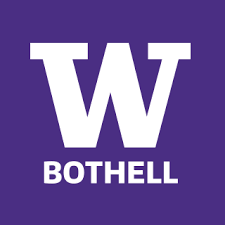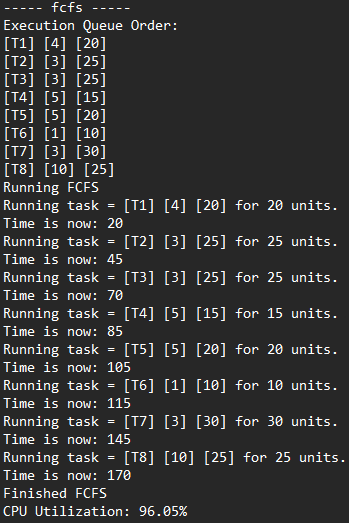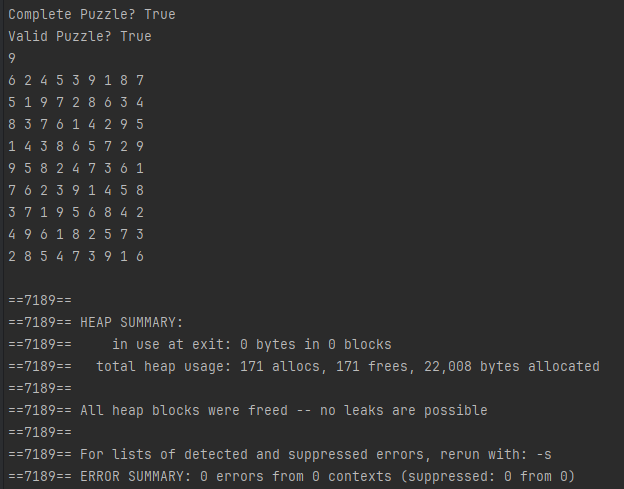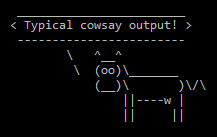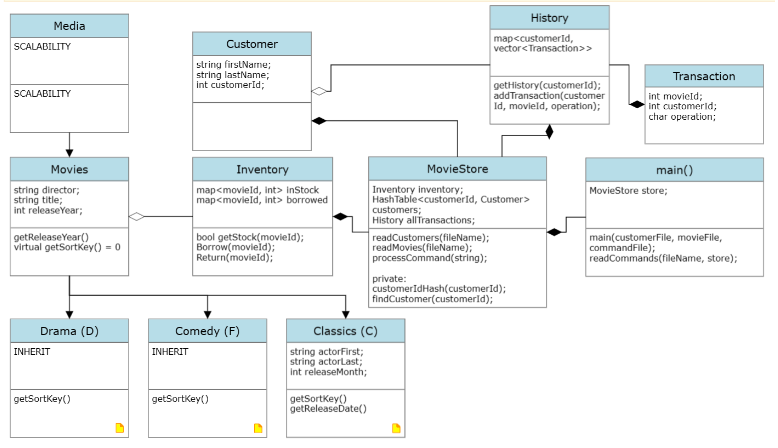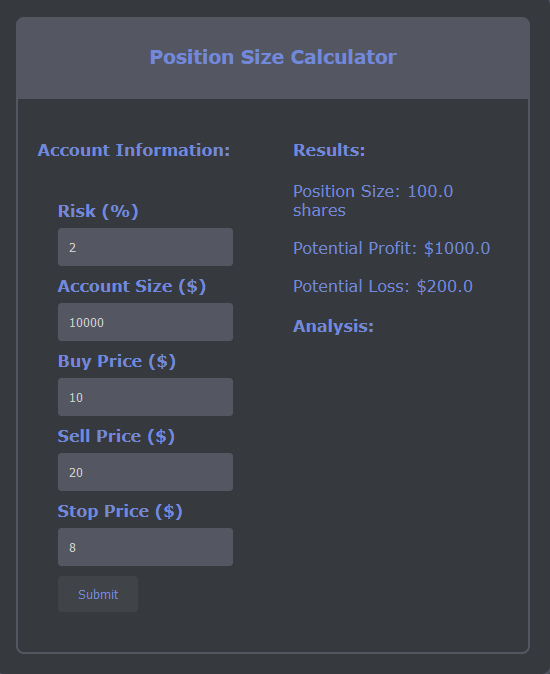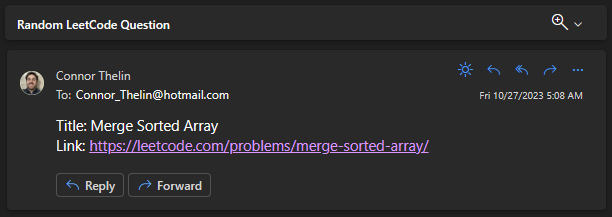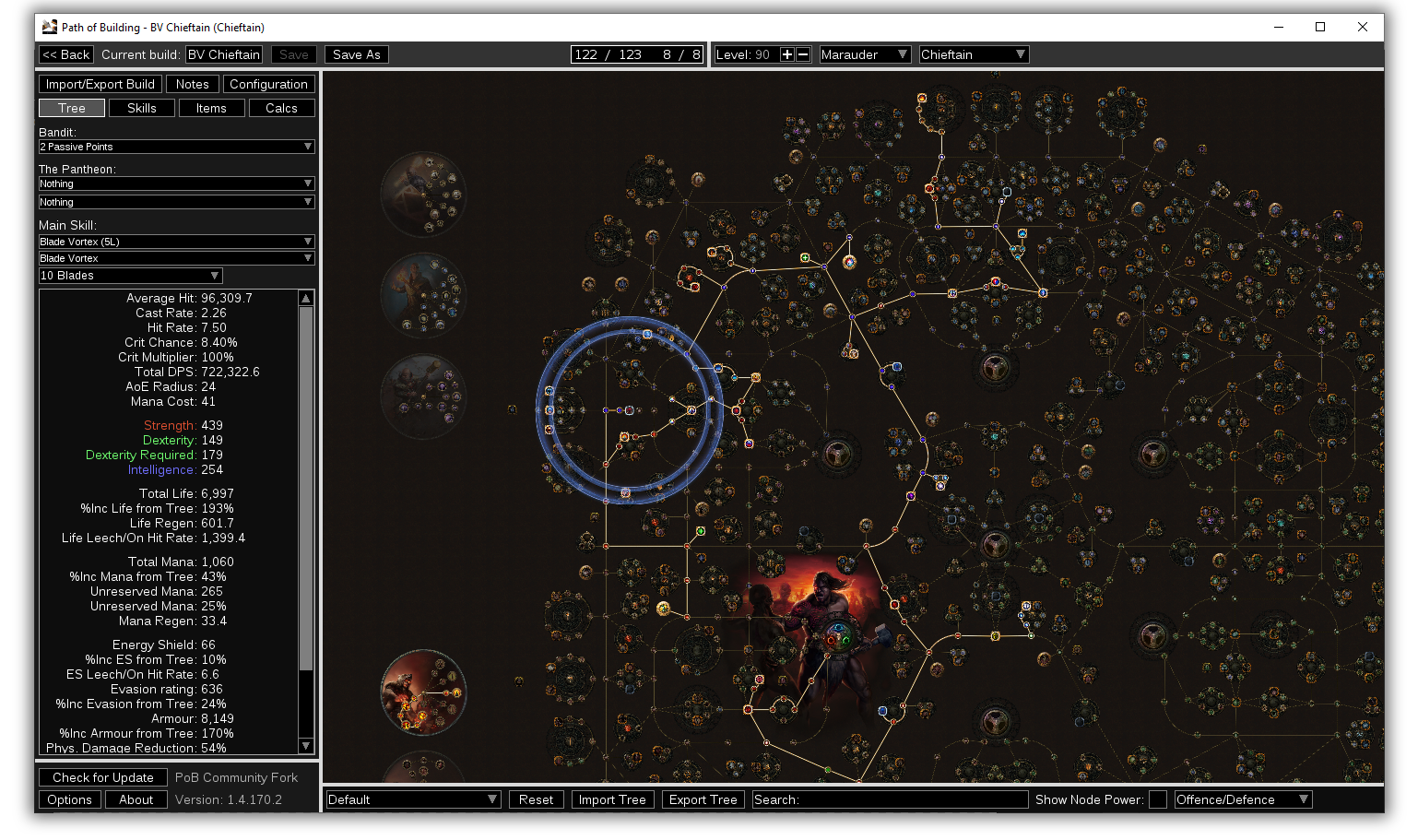
Hi, I'm Connor
I am a Computer Science and Software Engineering major at University of Washington - Bothell. A process
oriented,
driven non-traditional student;
I am transferring from almost a decade as a professional Automotive Service Technician. I’m excited to
pair
my unique perspective with hands-on learning to find new solutions to modern problems
In the following sections, you'll learn more about my current and previous courses taken at UW-Bothell,
alongside an overview of my academic work, personal work, and open source contributions.
